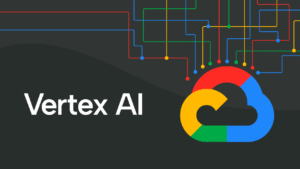Building a Content Pipeline with Google Cloud Functions and Vertex AI

In today’s fast-paced digital world, getting your message out consistently and efficiently is a huge challenge. Many of us are looking to large language models (LLMs) to help with communications, marketing, and engaging our audience. But how do you build a system that actually works, scales easily, and keeps your brand’s voice spot-on across all your platforms?
At TalentHacked, we’ve been exploring just that. We put together a prototype using Google Cloud Functions and Vertex AI that shows how powerful this can be. Imagine starting with a simple spreadsheet of your draft content – maybe LinkedIn posts, tweets, or even blog ideas. Our workflow takes that input, then uses Vertex AI to intelligently rewrite each piece to match your brand’s specific tone and style. The best part? It gives you back a new spreadsheet, ready for you to review, schedule, or publish.
This approach really highlights how cloud technology can simplify those repetitive content tasks:
- Effortless Scaling with Cloud Functions: Each rewrite happens in a lightweight, on-demand function. This keeps costs down and things moving quickly, letting the system handle as much or as little content as you throw at it, all without you needing to manage servers.
- Consistent Brand Voice with Vertex AI: By carefully crafting the instructions for Vertex AI, businesses can make sure their content adapts perfectly for different audiences while always sounding like them. It’s about maintaining that unique brand personality.
- Ready for Any Platform: Instead of tweaking each post for LinkedIn, X (Twitter), or your internal tools one by one, this pipeline lets you prepare content for multiple channels in one go.
For startups and growing companies, setting up pipelines like this can free up hours every week. It smooths out the collaboration between technical and marketing teams and brings much-needed structure to LLMOps – that’s the practice of building and running reliable systems for LLM applications.
This is just the beginning. With a bit more work on monitoring and integrating with scheduling tools, this same pipeline could easily become a core part of how any business manages its content operations.




